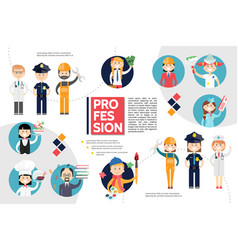Comprehending Seasonal Influences On Commercial Exterior Painting: Crucial Expertise For Success
Comprehending Seasonal Influences On Commercial Exterior Painting: Crucial Expertise For Success
Blog Article
Material Produce By-Regan Urquhart
When you're preparing a commercial external paint project, seasonal elements can make or damage your outcomes. You'll wish to think about how temperature level and moisture effect paint application and drying times. Choosing the best period can guarantee your paint sticks effectively and lasts longer. Yet which periods are really the best for this type of job? Allow's explore the crucial elements that can influence your project's success.
The Impact of Temperature Level on Paint Application
When you're planning an industrial exterior paint project, the temperature level can significantly affect how well the paint sticks and dries.
Ideally, tulsa nursery intend to repaint when temperature levels range in between 50 ° F and 85 ° F. If it's too cold, the paint might not heal correctly, bring about concerns like peeling off or breaking.
On the other side, if it's also hot, the paint can dry out too quickly, avoiding proper attachment and leading to an unequal finish.
You ought to likewise take into consideration the time of day; early morning or late afternoon provides cooler temperatures, which can be a lot more desirable.
Always check the supplier's recommendations for the particular paint you're making use of, as they frequently give assistance on the perfect temperature level range for optimal results.
Moisture and Its Result on Drying Times
Temperature level isn't the only environmental element that influences your commercial outside paint task; humidity plays a substantial role as well. High humidity degrees can reduce drying times significantly, impacting the overall top quality of your paint job.
When the air is filled with wetness, the paint takes longer to treat, which can cause concerns like poor adhesion and a higher threat of mold growth. If you're repainting on a particularly humid day, be prepared for extended wait times between coats.
It's vital to keep track of regional climate condition and plan as necessary. Ideally, go for helpful site between 40% and 70% for optimal drying out.
Keeping these consider mind guarantees your job remains on track and provides a long lasting surface.
Best Seasons for Commercial Exterior Painting Projects
What's the best time of year for your industrial exterior painting projects?
Spring and early fall are typically your best options. During these periods, temperature levels are moderate, and moisture degrees are commonly lower, creating ideal problems for paint application and drying out.
Avoid summer season's intense heat, which can trigger paint to dry too rapidly, bring about inadequate attachment and surface. Likewise, winter season's cold temperatures can prevent proper drying and curing, running the risk of the durability of your paint task.
Go for days with temperatures in between 50 ° F and 85 ° F for optimum outcomes. Remember to examine the local weather report for rain, as damp conditions can spoil your project.
Planning around these aspects guarantees your paint task runs efficiently and lasts much longer.
Final thought
Finally, intending your business external painting jobs around seasonal factors to consider can make a substantial difference in the outcome. By scheduling job during the suitable temperature levels and humidity degrees, you'll ensure far better adhesion and drying times. Bear in mind to keep an eye on neighborhood weather report and pick the correct time of year-- springtime and early autumn are your best choices. Taking these steps will aid you accomplish a resilient and expert coating that lasts.
